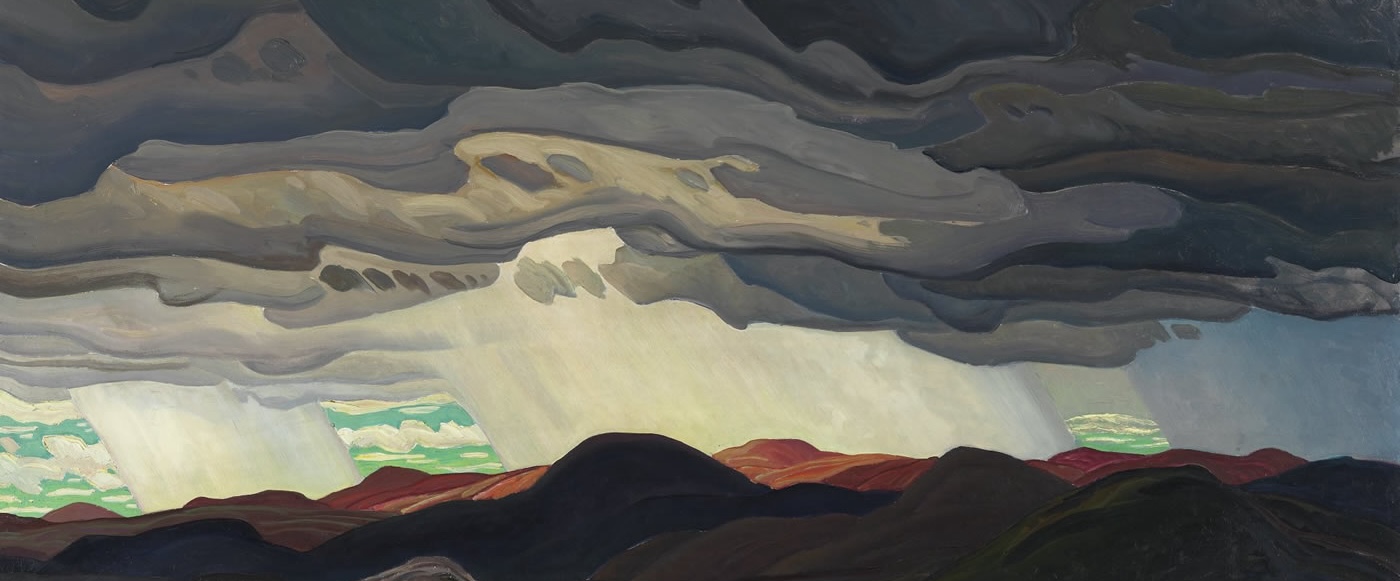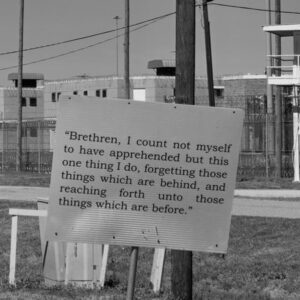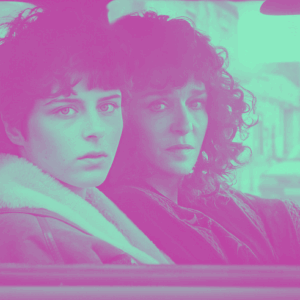
Crooked Parallels: On Alice Munro, Andrea Skinner, and My Mother’s Failure to Protect Me
For Jonny Diamond the Separation of the Art From the Artist Isn’t the Question
Shortly after she died, I wrote about Alice Munro and the way her life seemed to parallel that of my late mother’s (aside from the literary canonization). For me, Munro’s stories offered an uncanny window into the lives of my parents: their frustrations, their longings, their regrets. As I wrote at the time:
We are all characters in an Alice Munro story, at the mercy of the relentless tidal pulls of yearning and regret only she seemed able to chart. I will grow old and die, and my memories of my mother will wink out and be gone. But her life will be there still, somewhere, in the stories of Alice Munro. Forever.
This past Sunday, Munro’s daughter Andrea Robin Skinner wrote about her mother’s failure to protect her from serial sexual abuse by her stepfather, Munro’s second husband Gerald Fremlin. Skinner’s essay is brave and important. It is hard enough to tell your own story of abuse, to talk publicly about how the one person in your life who should have protected you failed to do so. It is harder still when that person is a literary icon, as close to a secular saint in Canada as it gets.
Because of Skinner’s bravery—and because of what I wrote two months ago, about the improbable contiguities between Munro and my own mother—I feel compelled here to tell my own story of sexual abuse.
When I was 7, I was sexually abused by a neighbor’s teen son, who would have been 15 or 16 at the time. When I went to my mother, knowing something wrong had taken place but not sure exactly what, she dismissed the situation and seemed to blame me for the clear physical injuries that had resulted from the abuse.
She did nothing.
That moment with her is a clear and visceral scene in my reel of childhood memories, matched only in vividness by the summer afternoon I learned to ride a bike in the driveway. That moment now feels like the first untethering from my mother, a line cut prematurely; the beginning of my slow drift into adulthood.
Though as far as I know the abuse never happened again, it’s hard for me to imagine my mother having done anything to have stopped it, given her initial reaction. (I am confident that if she’d told my father he would have calmly burned down the neighbor’s house.)
I write this now with no expectations—no need, really—of relief or unburdening. I write, rather, out of solidarity with Andrea Skinner.
I have been relatively lucky. I do not feel this trauma ever fully metastasized into the kind of malignancy one cannot live with, which is perhaps why I never confronted my mother over her failure to act. In the four decades since it happened, I have only told four people about this abuse, none of them family members.
I write this now with no expectations—no need, really—of relief or unburdening. I write, rather, out of solidarity with Andrea Skinner, and with other survivors of sexual abuse who’ve suffered at the hands of family members; survivors who do not have platforms to speak from or networks of community support or, indeed, the kind of material stability that makes talking about abuse even possible.
Nor is this really about guilt or innocence, cancellation or expiation—those all seem like performative games for social media. My mother and Munro were very clearly guilty of failing their children. Full stop. Yet I loved and admired my mother until the day she died. Nor does Munro’s failure to protect her daughter change much of what I think about her as a short story writer.
Because Munro wasn’t writing for us, to help us: her stories aren’t lessons in how to be, aren’t suffused with any particular moral goodness. They are fictional moments in fictional lives that somehow seem more real on the page than life itself often does, in the living of it.
Perhaps I’ve seen enough of the interior lives of that generation of Canadians.
I have known brilliant writers who could size people up in minutes with alarming accuracy, intuiting the complexity of any given individual through the smallest of superficial details. They would collect these details and let them steep until they resurfaced in the creation of full-blown characters with rich inner lives, all in the space of a paragraph. And yet for all their ability to understand people, to see them, to capture them as characters, these writers could not see themselves.
So it was for Alice Munro.
I do not presume to tell anyone what to do now with their love of Munro’s work; the separation of the art from the artist is a matter for the individual. In the past decade or so I have gone back to the work of Woody Allen and Ted Hughes to see if I could find in their art traces of the selfishness, weakness, and self-deceptions that defined them as men; what I found was an uncomfortable combination of self-serving apologia and oblivious self-justification, as if art for them was a way to make something worthwhile out of their selfish, ungovernable wants.
As I wrote two months ago, both Munro and my mother were of a very specific time and place, a very middle class British culture that prioritized appearances and propriety above all else: no one should be surprised at their decision not to act. This is not to excuse their failures, though—the protection of one’s child should come before everything, always. (And as Brandon Taylor has pointed out, this happens everywhere, all the time.)
I don’t know if I will return to the stories of Munro, which have meant so much to me throughout my life. Perhaps I’ve seen enough of the interior lives of that generation of Canadians. My thoughts now, rather, are with Andrea Skinner, who for so long had to endure private wounds in parallel to the public adoration of the woman who caused them.
But if I feel a deep sadness about what Skinner had to go through—what so many of us have gone through—it is tempered with something like hope: hope that she has found some peace in bringing the truth into the open, hope that she has felt love in the support of her siblings, and hope that now, as she looks at her life, she sees as much, if not more, of the future than the past.
_______________________________
Featured image: detail from “Snow Clouds” (1938), Franklin Carmichael (Group of Seven)
Jonny Diamond
Jonny Diamond is the Editor in Chief of Literary Hub. He lives in the foothills of the Catskill Mountains with his wife and two sons, and is currently writing a cultural history of the axe for W.W. Norton. @JonnyDiamond, JonnyDiamond.me












